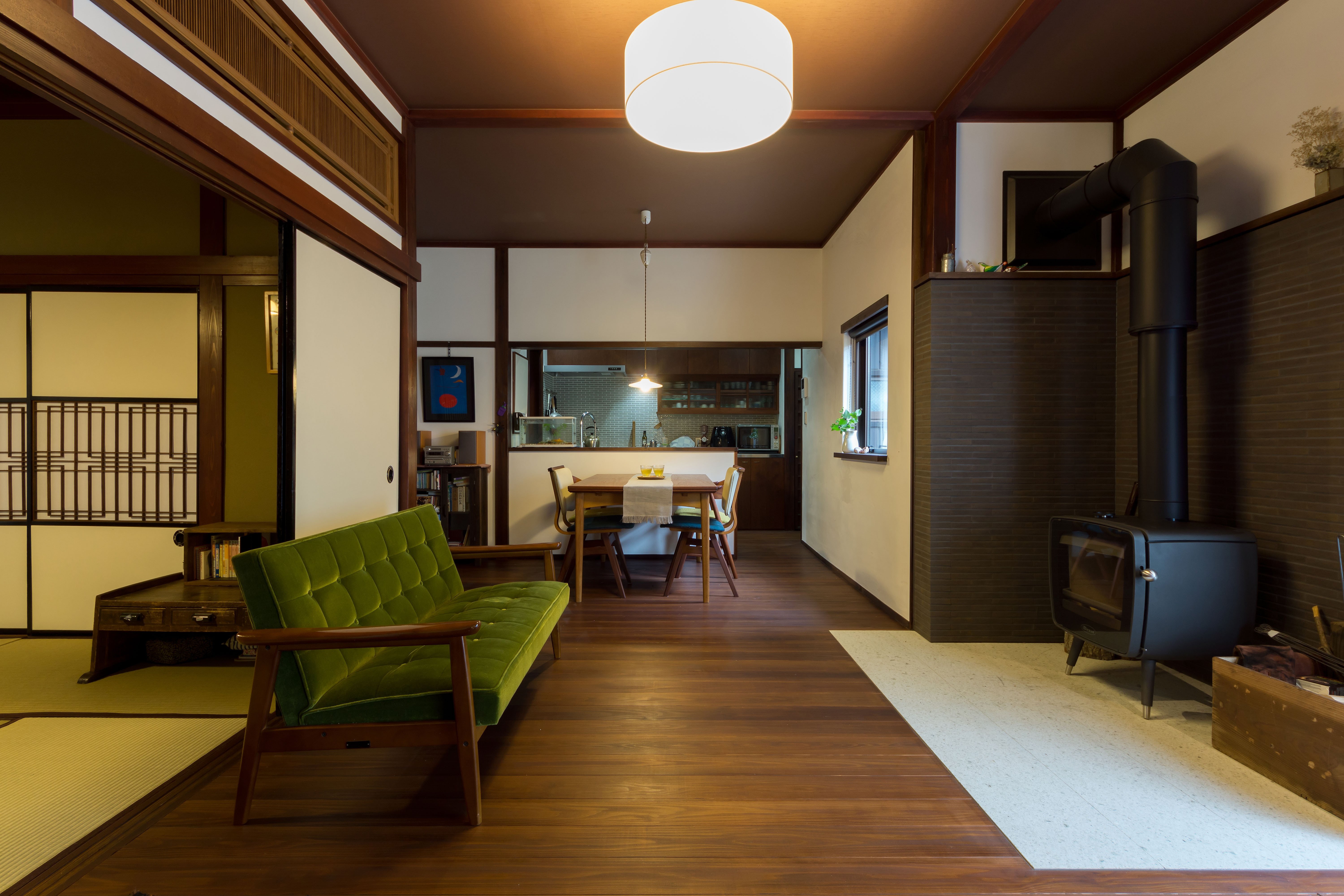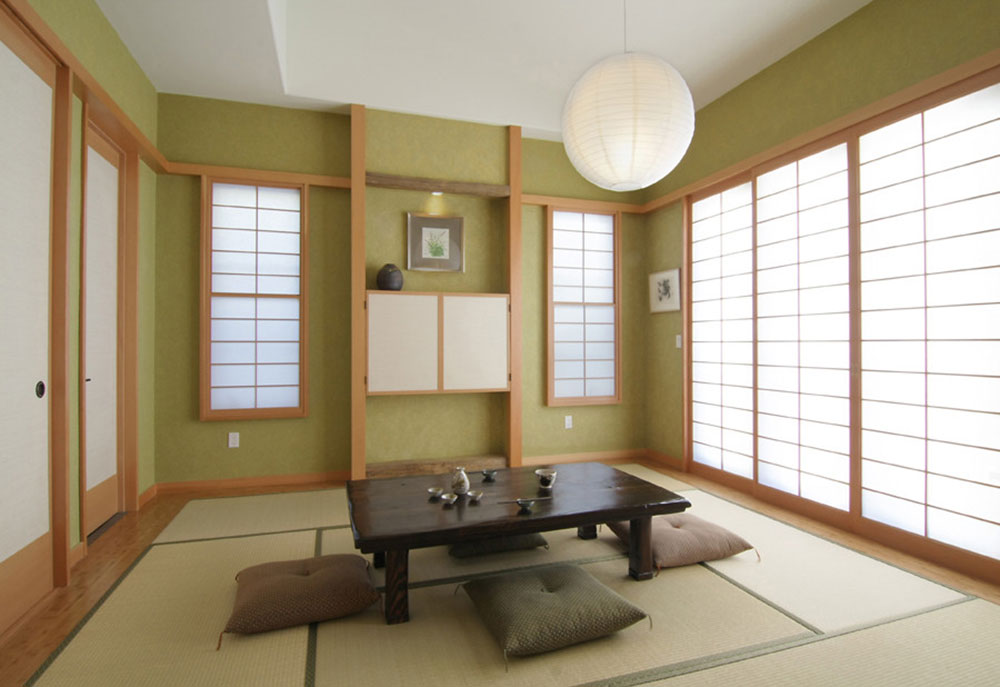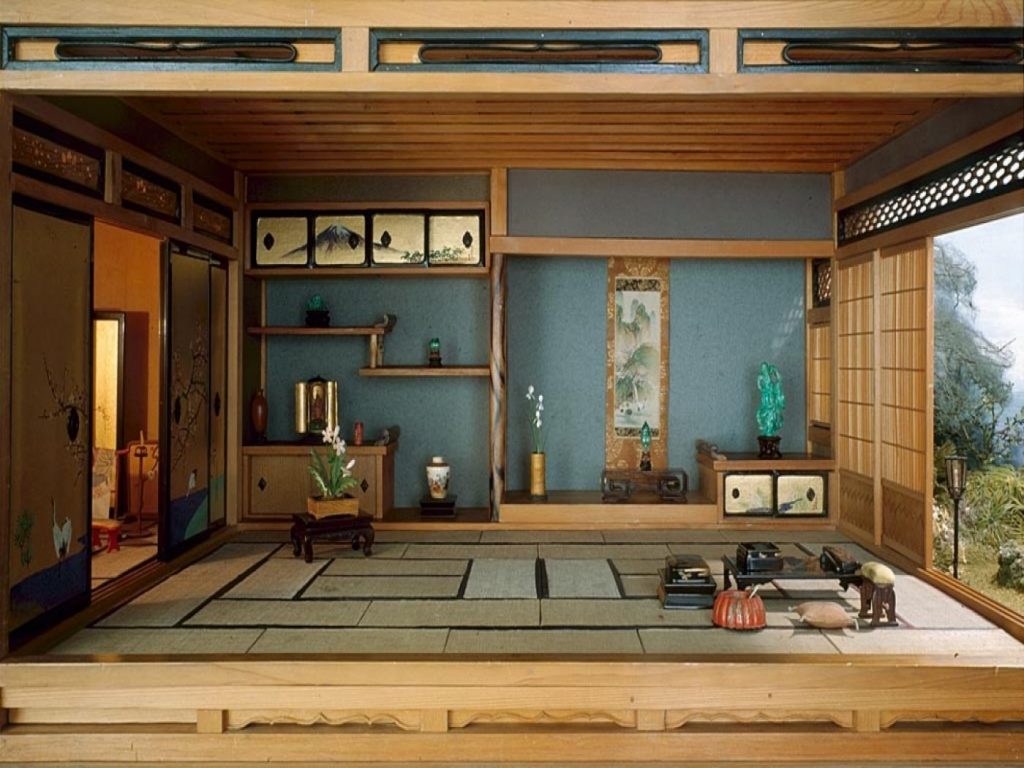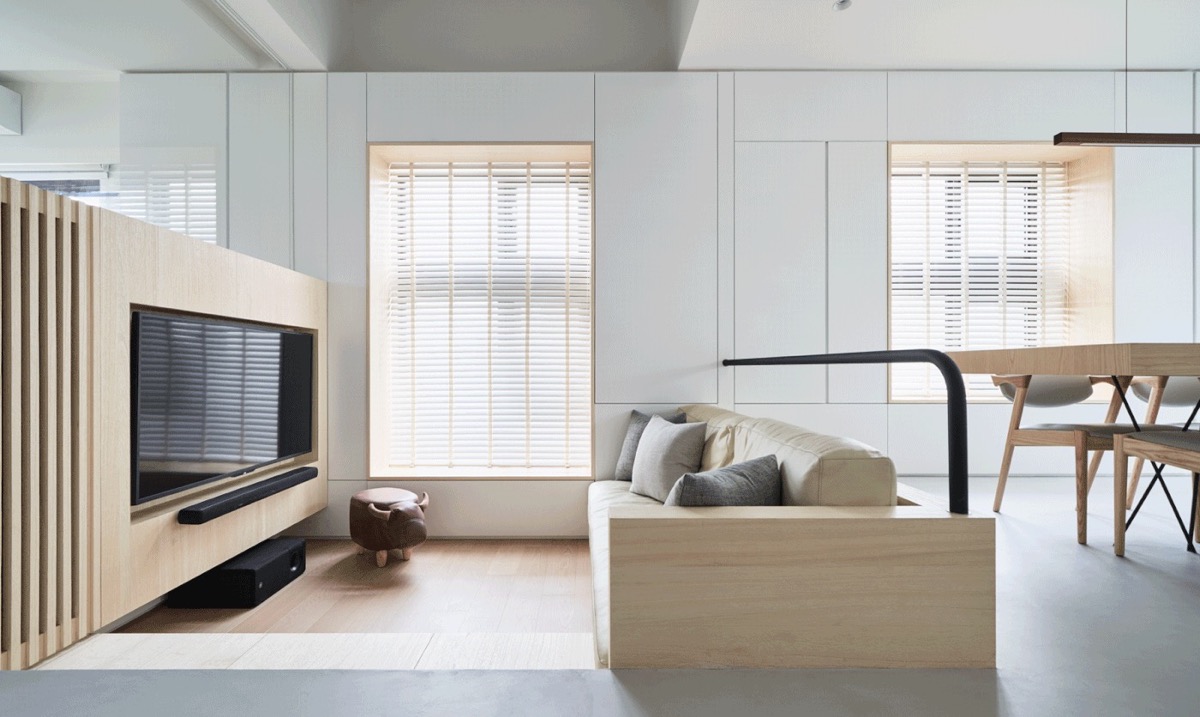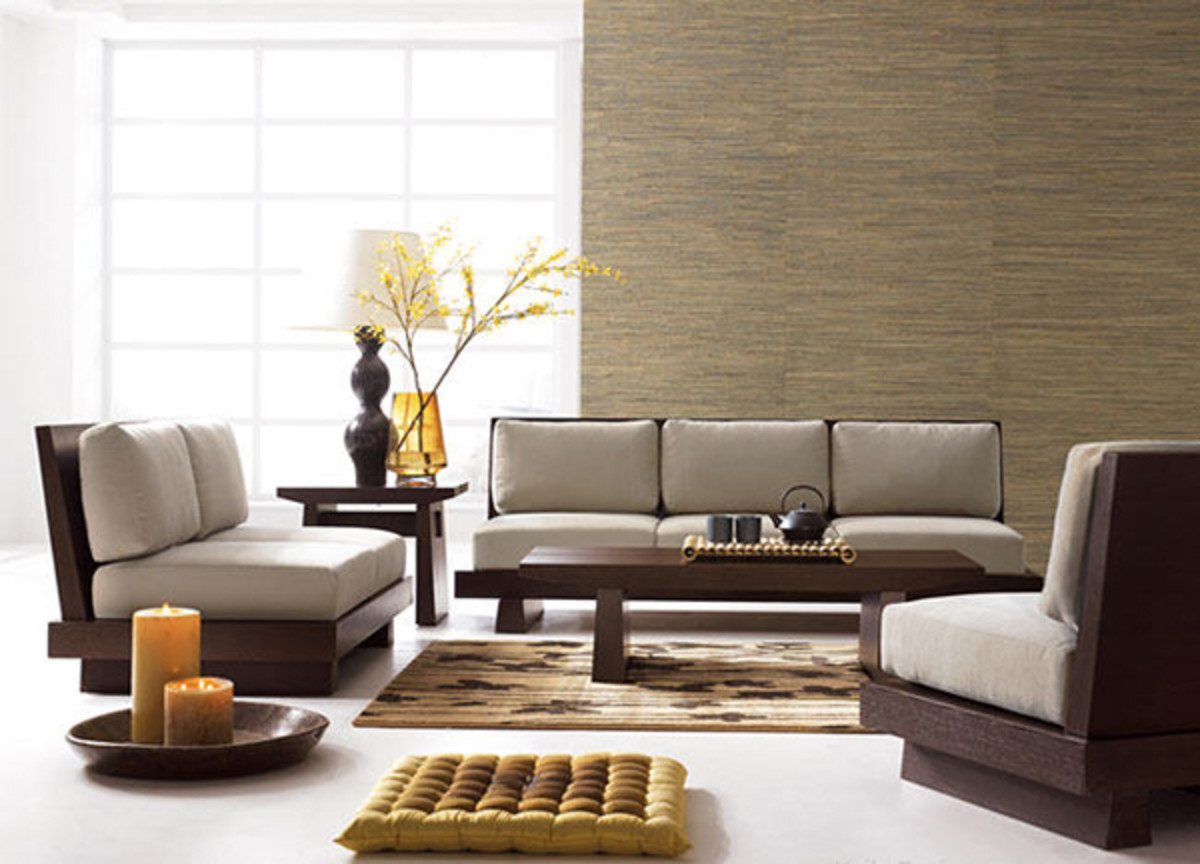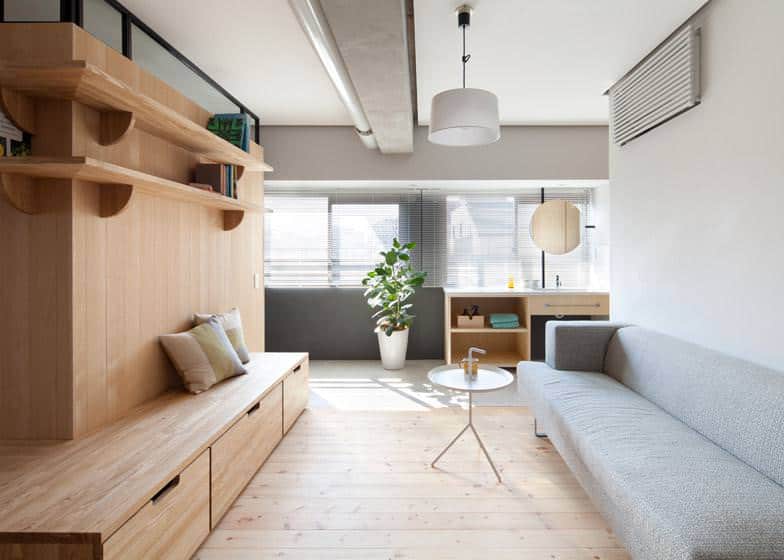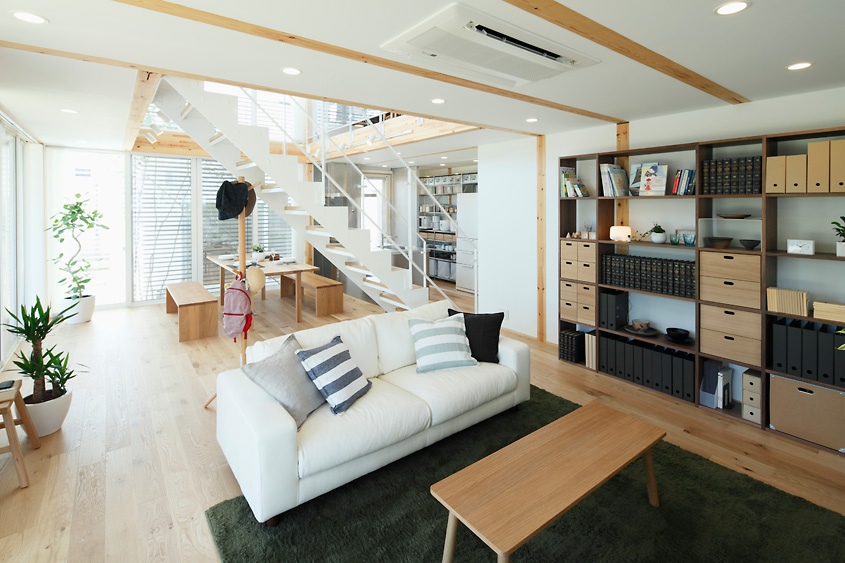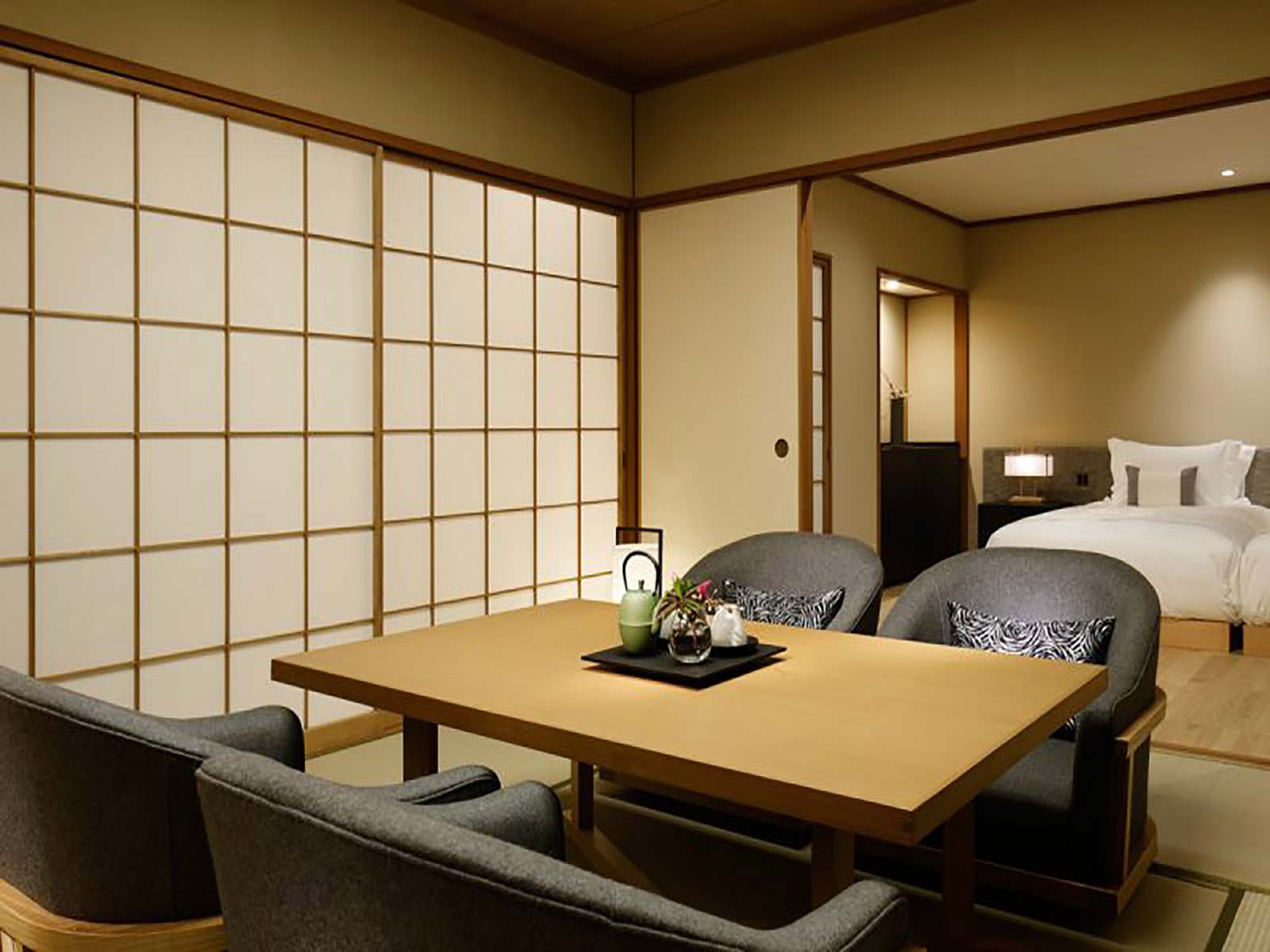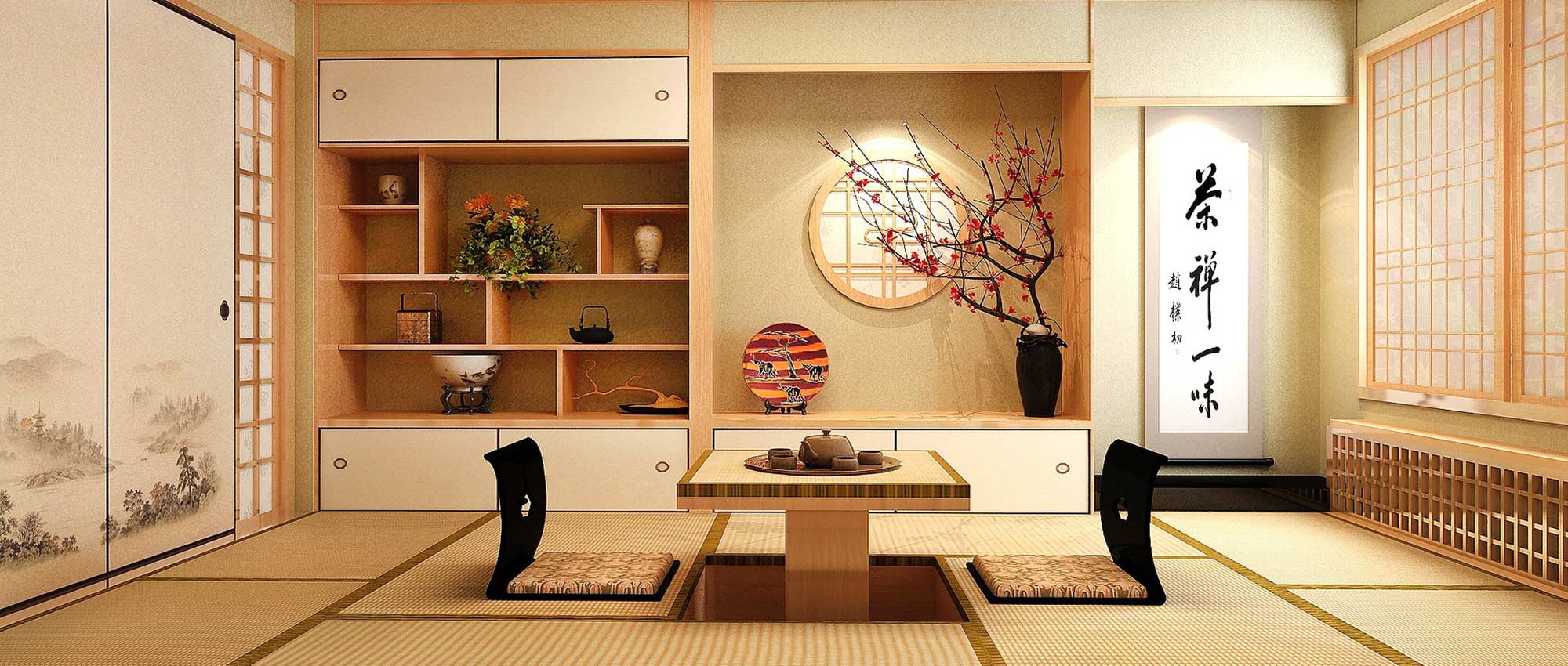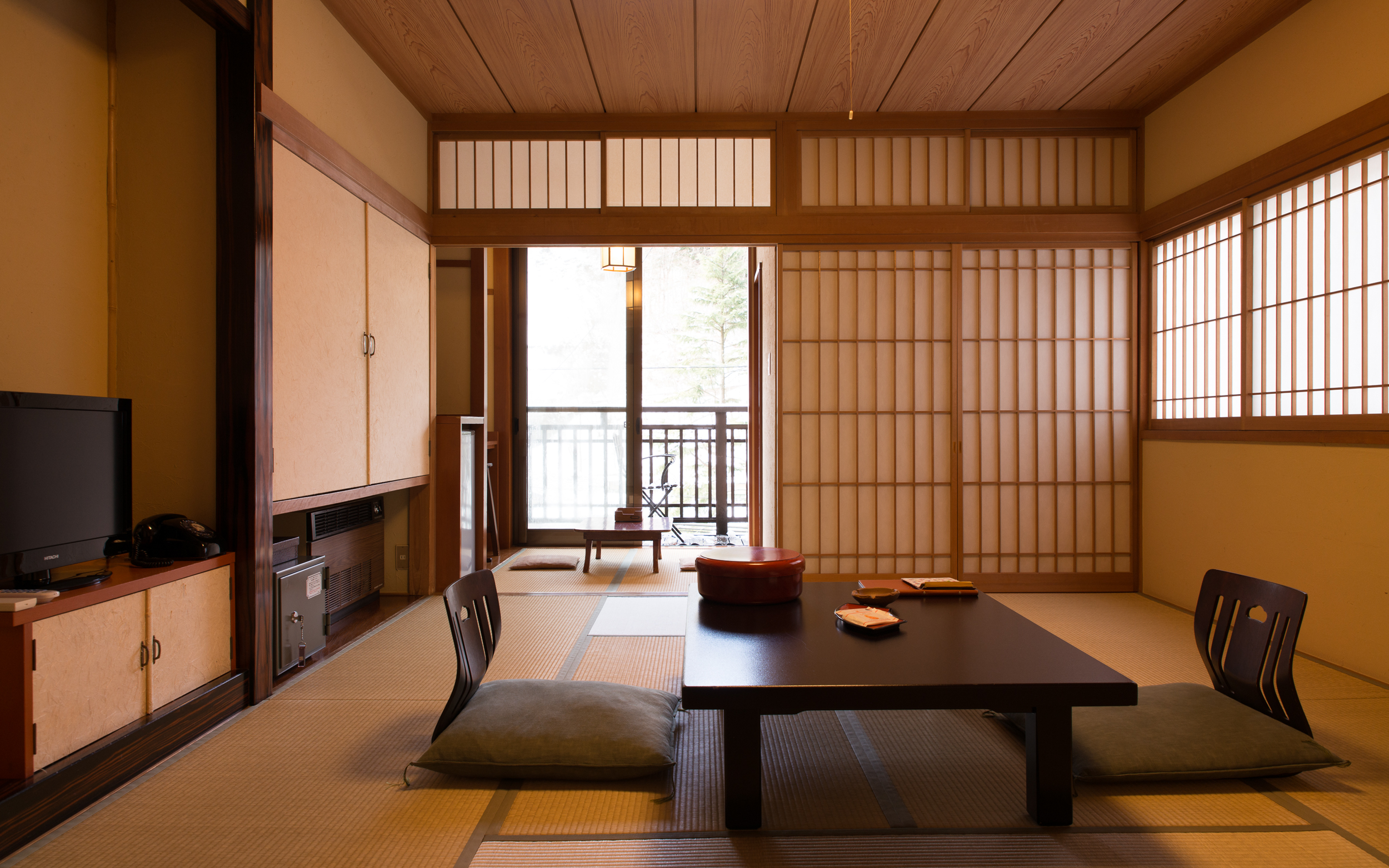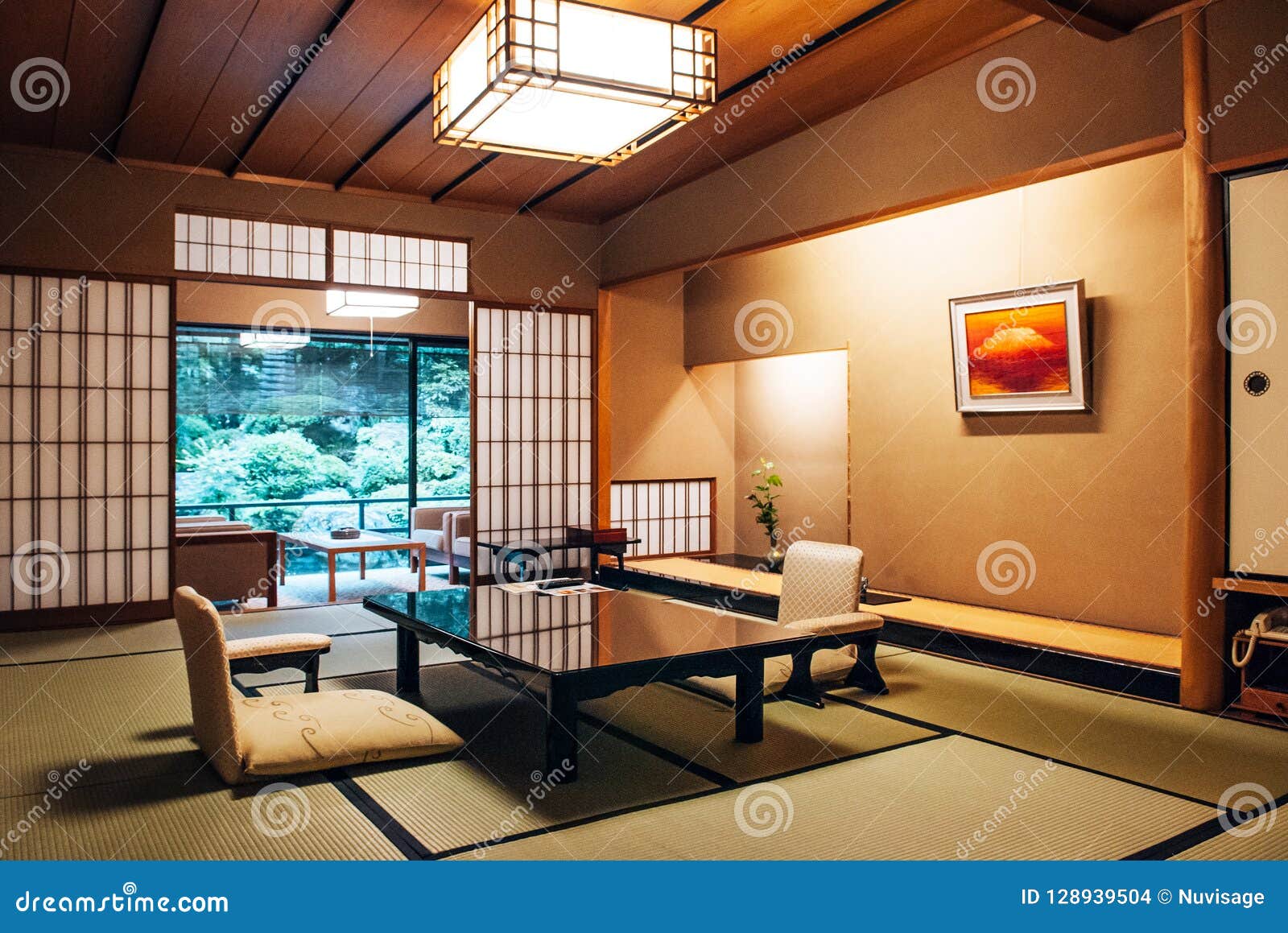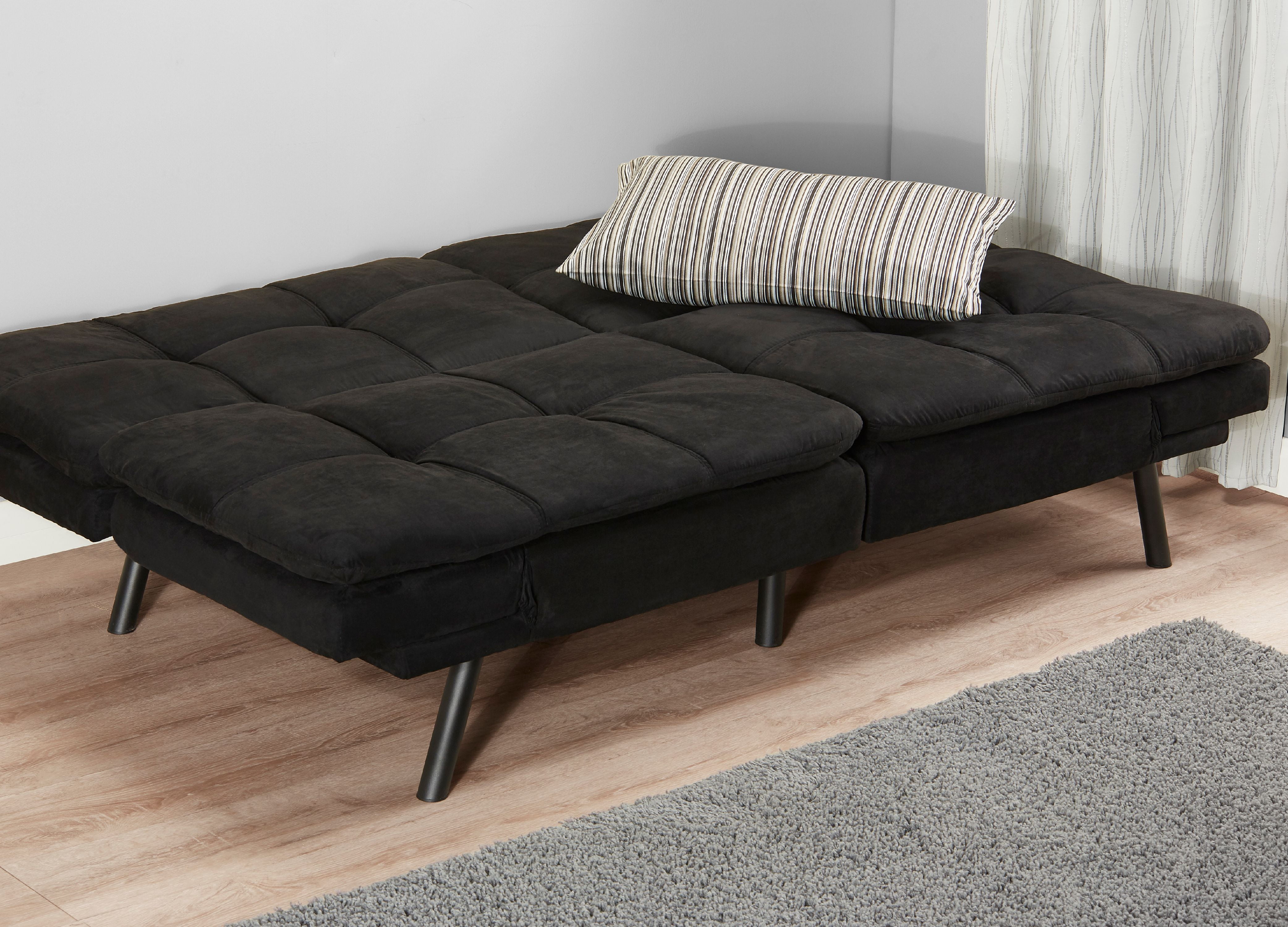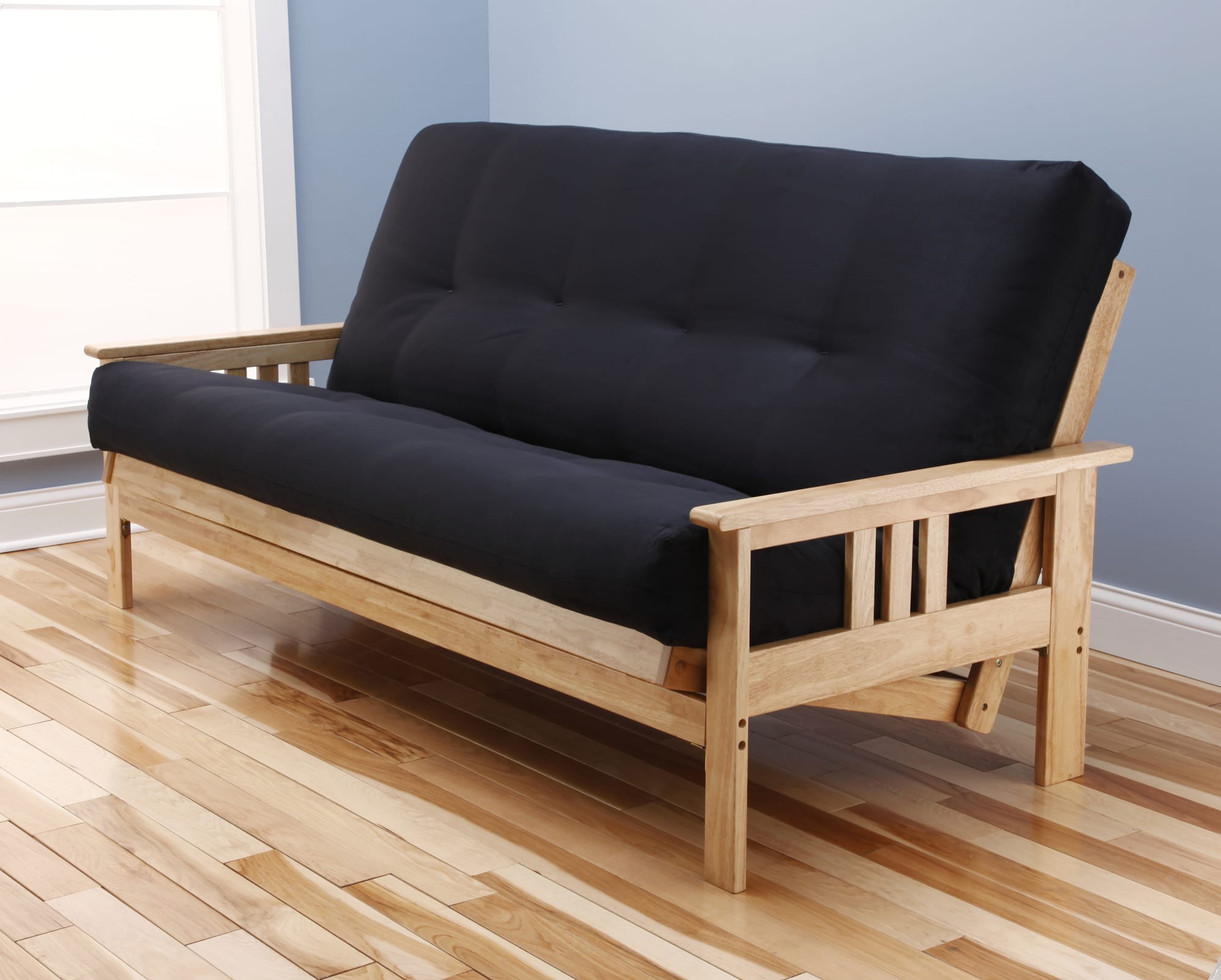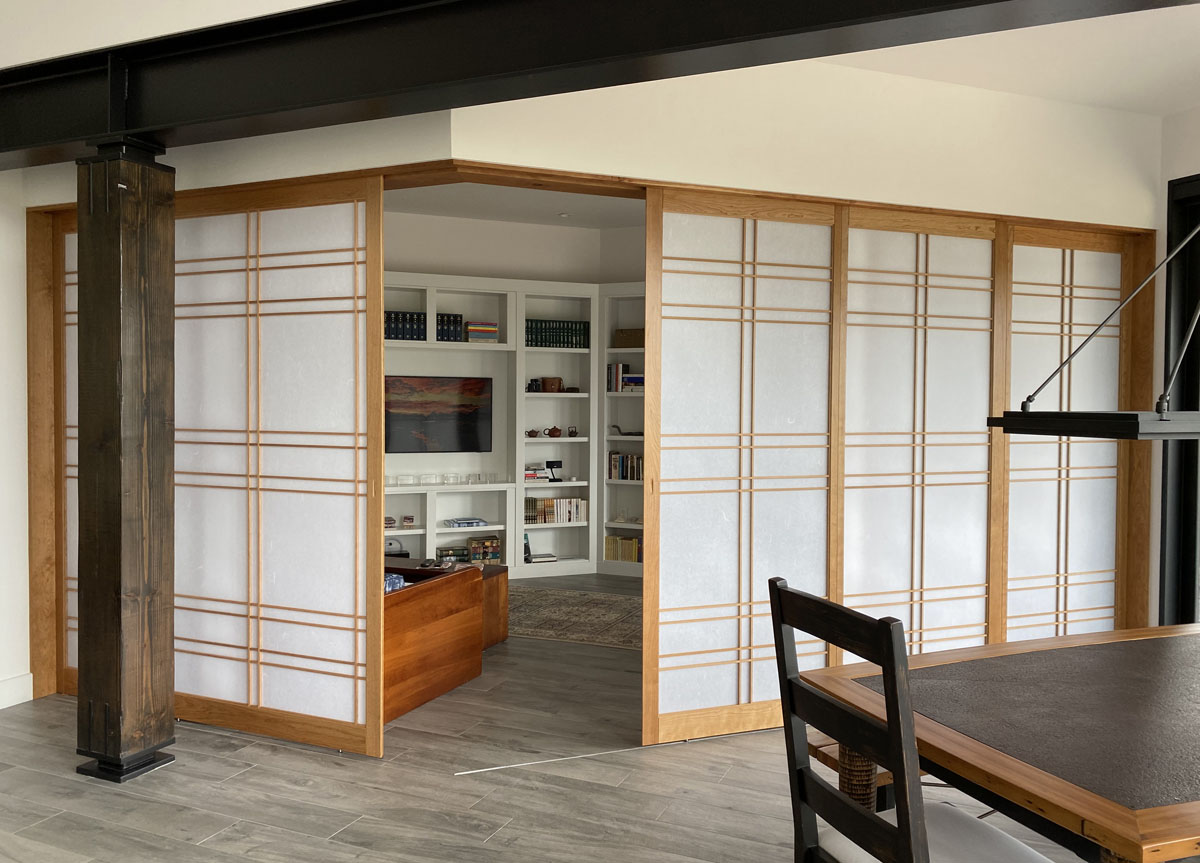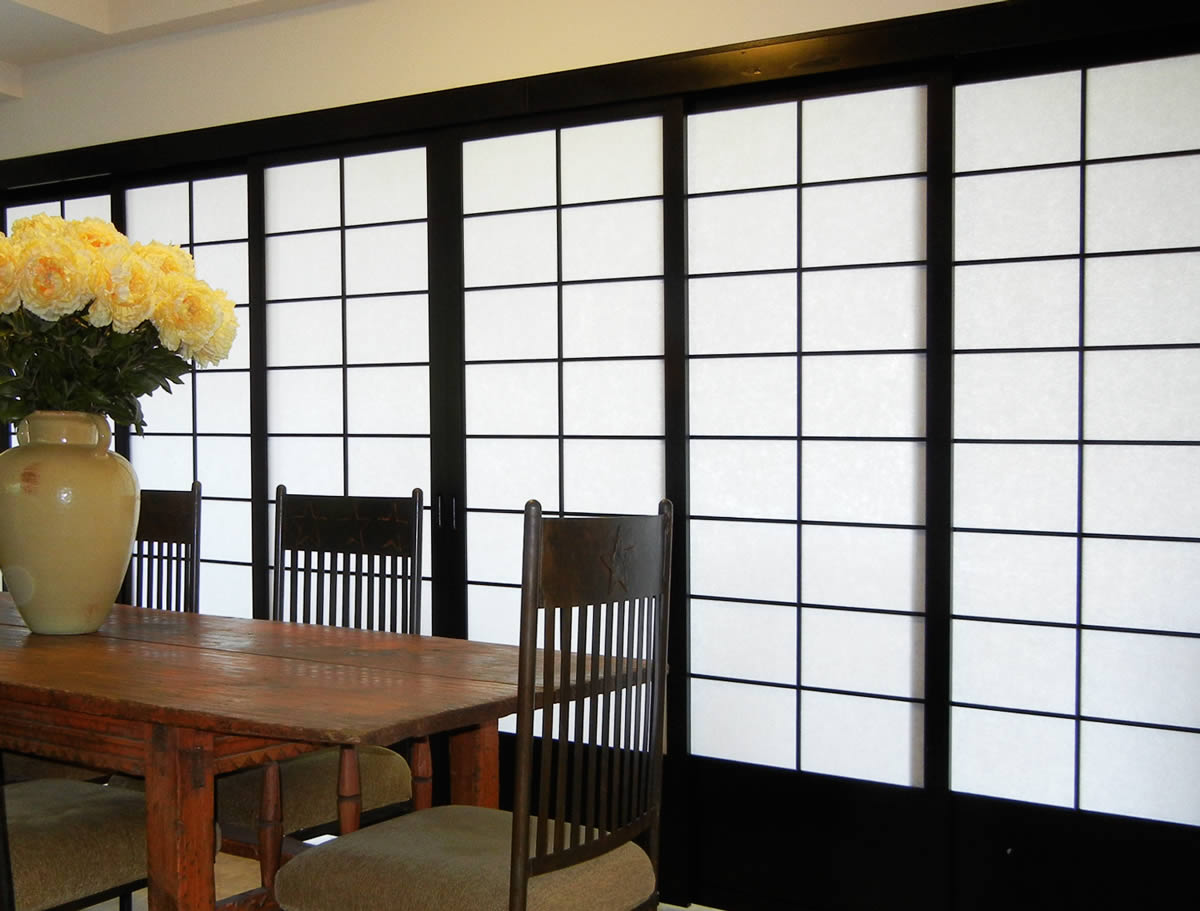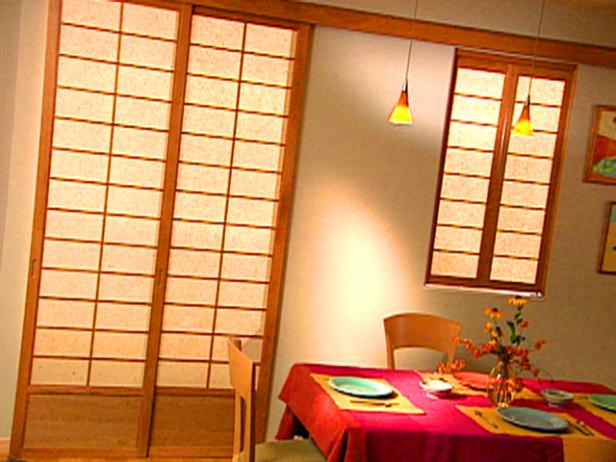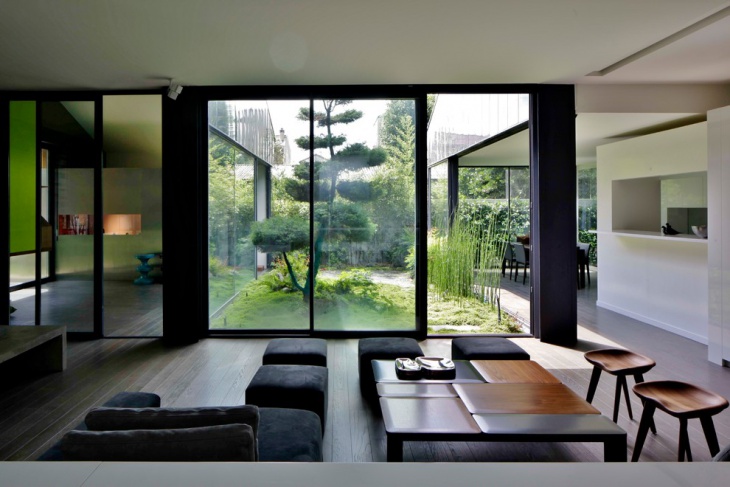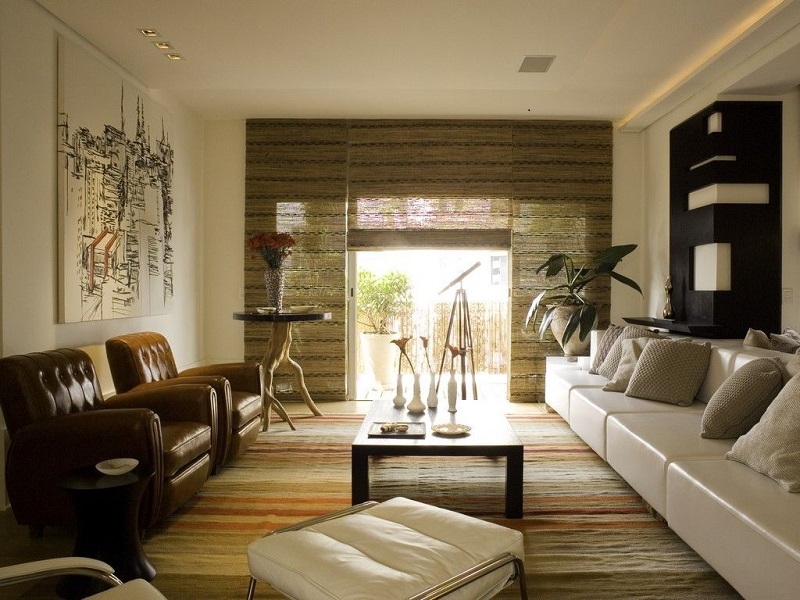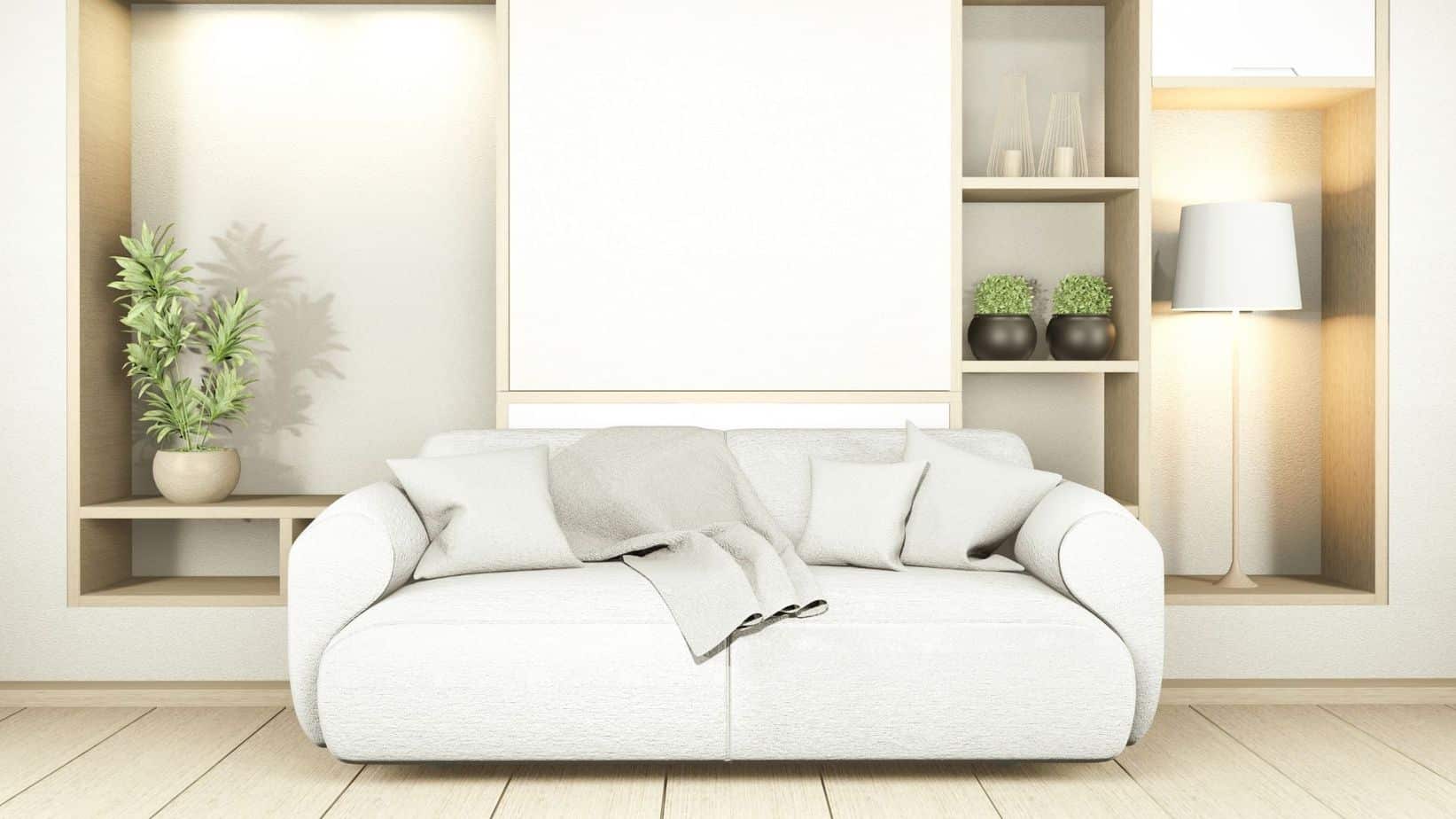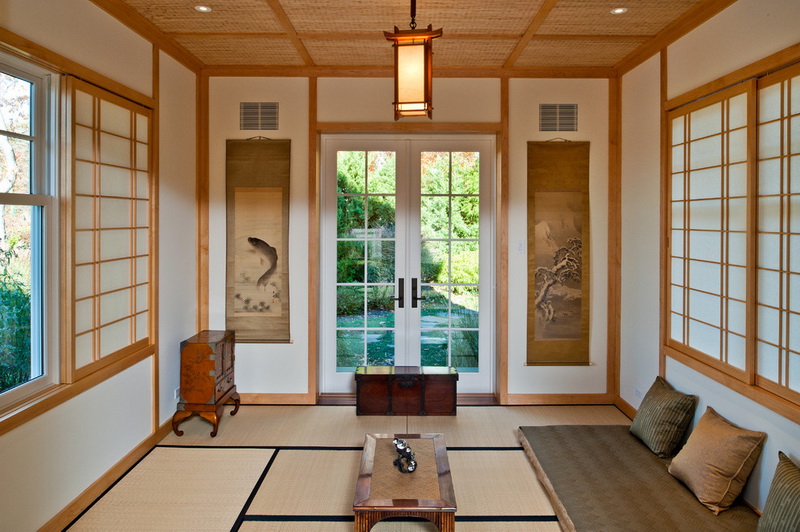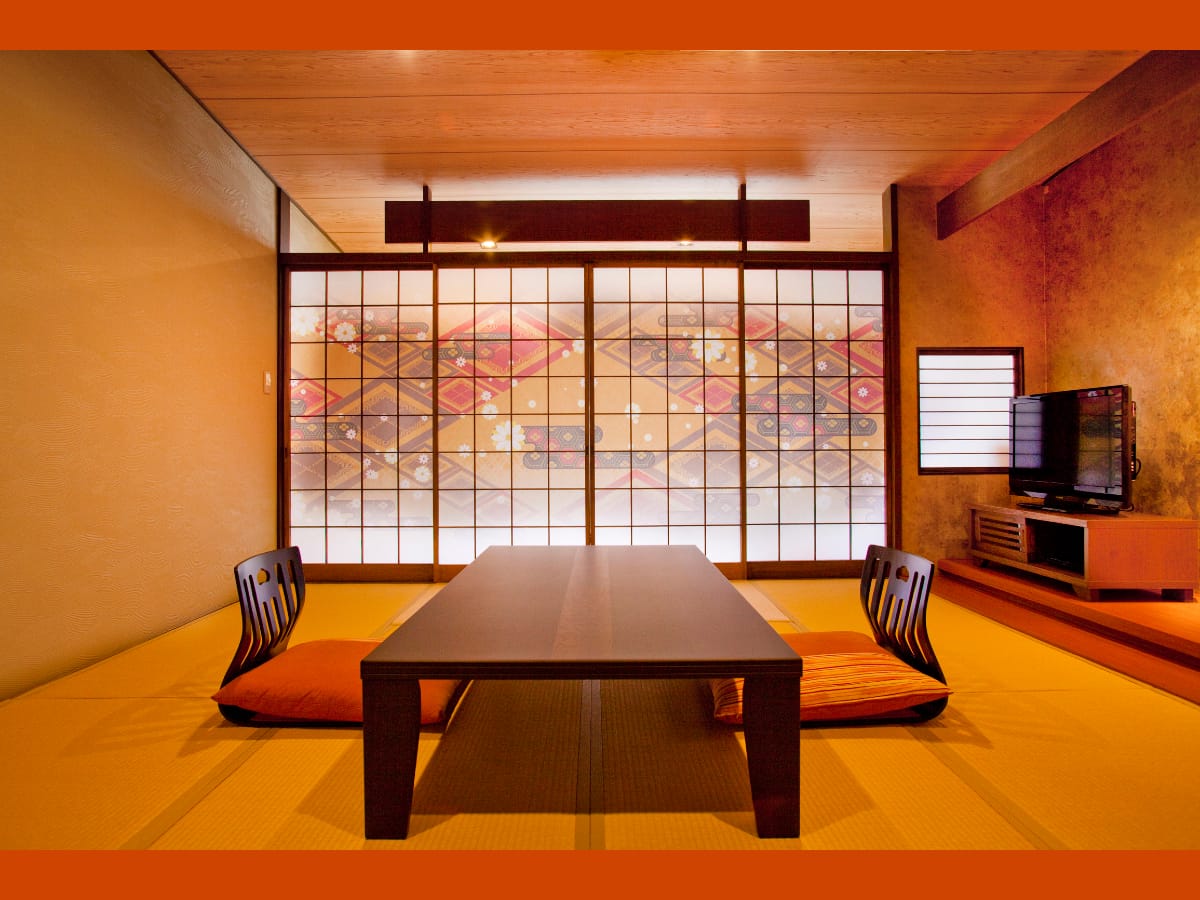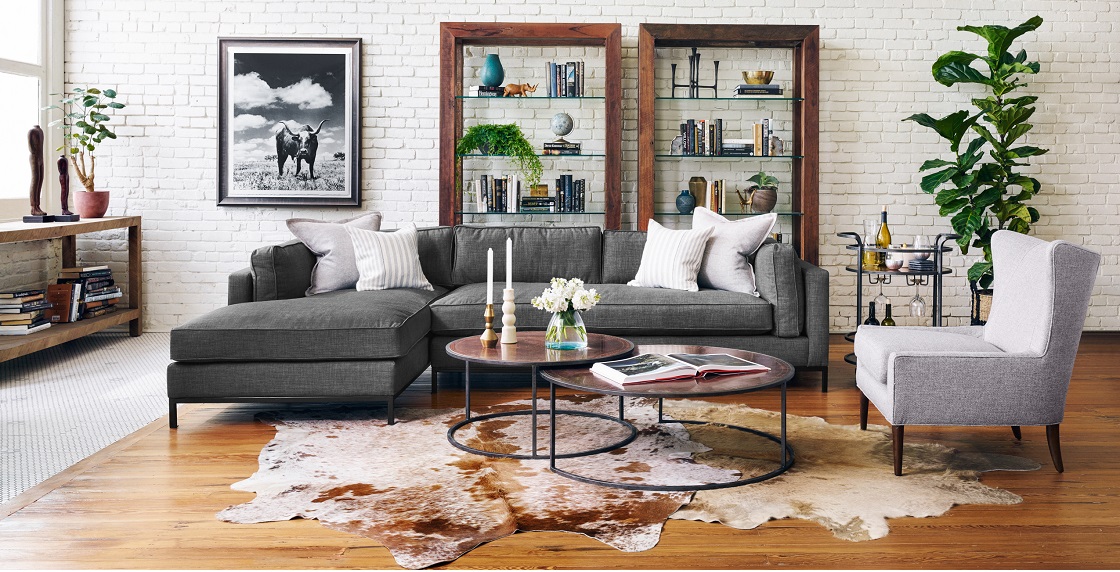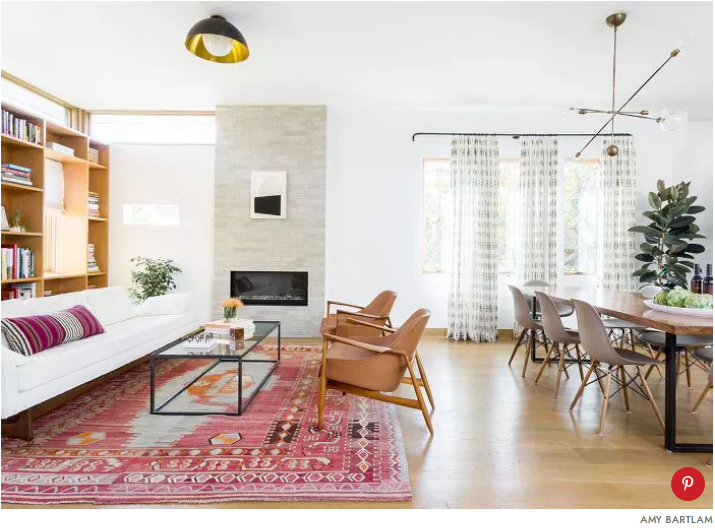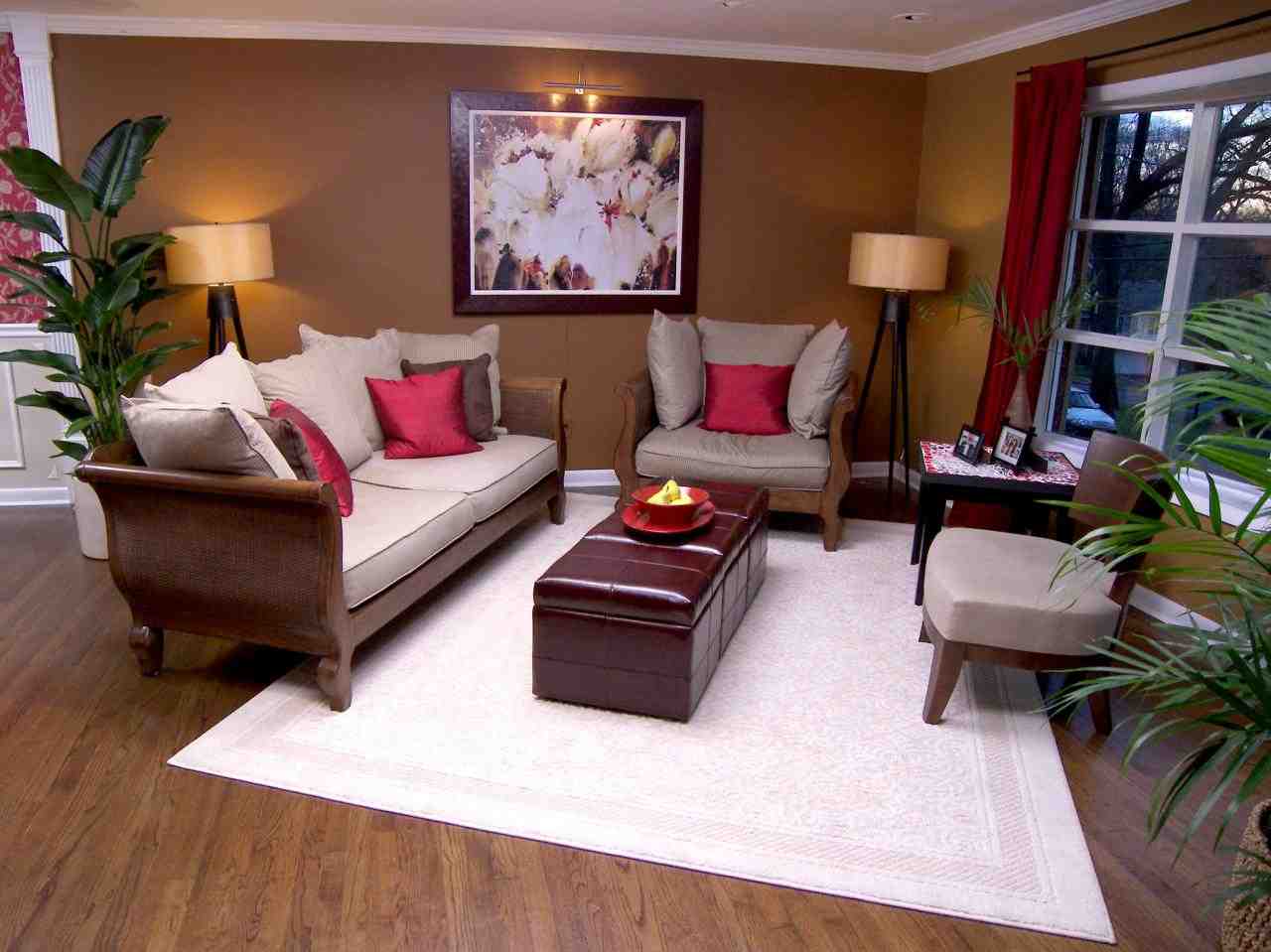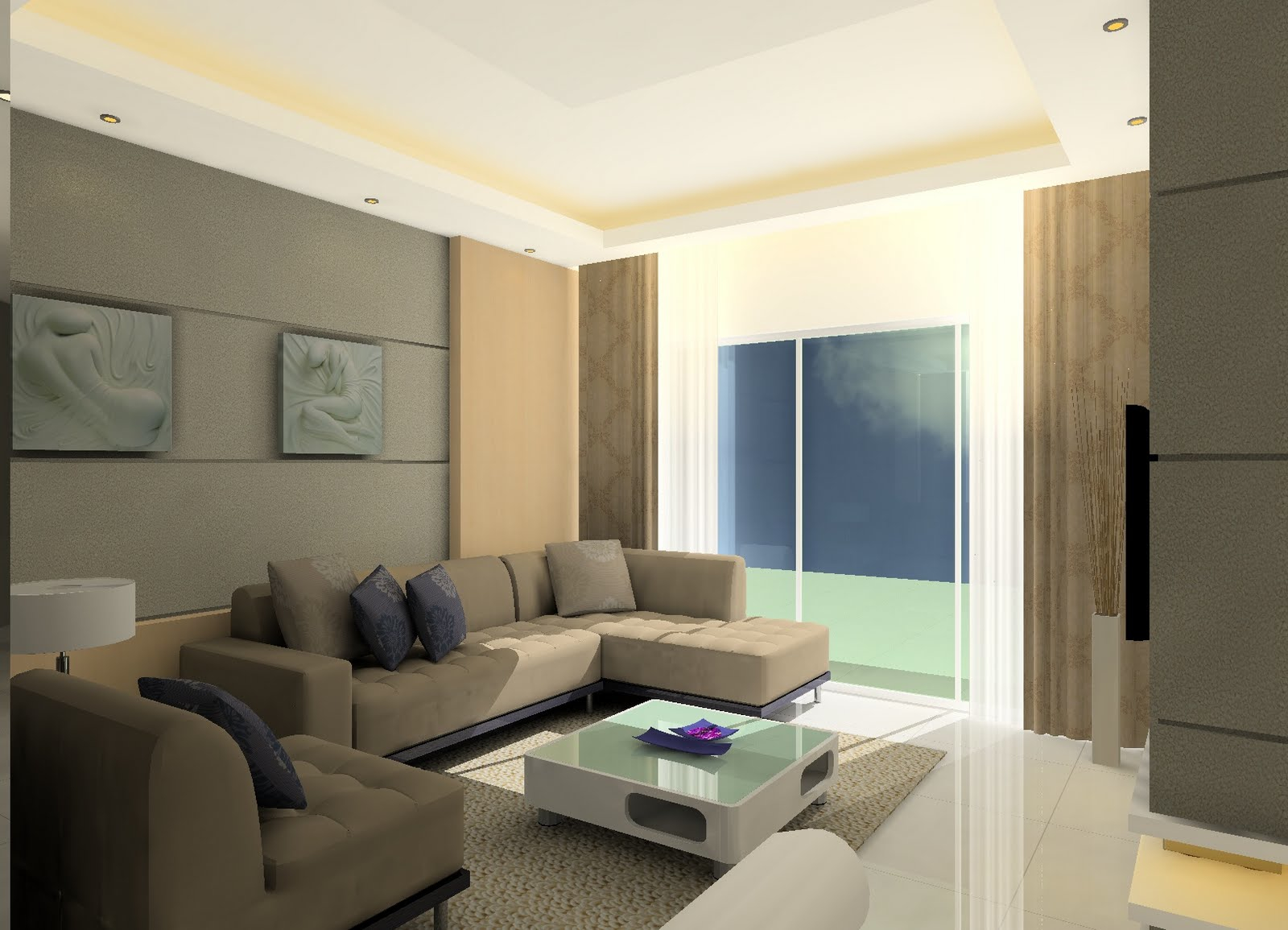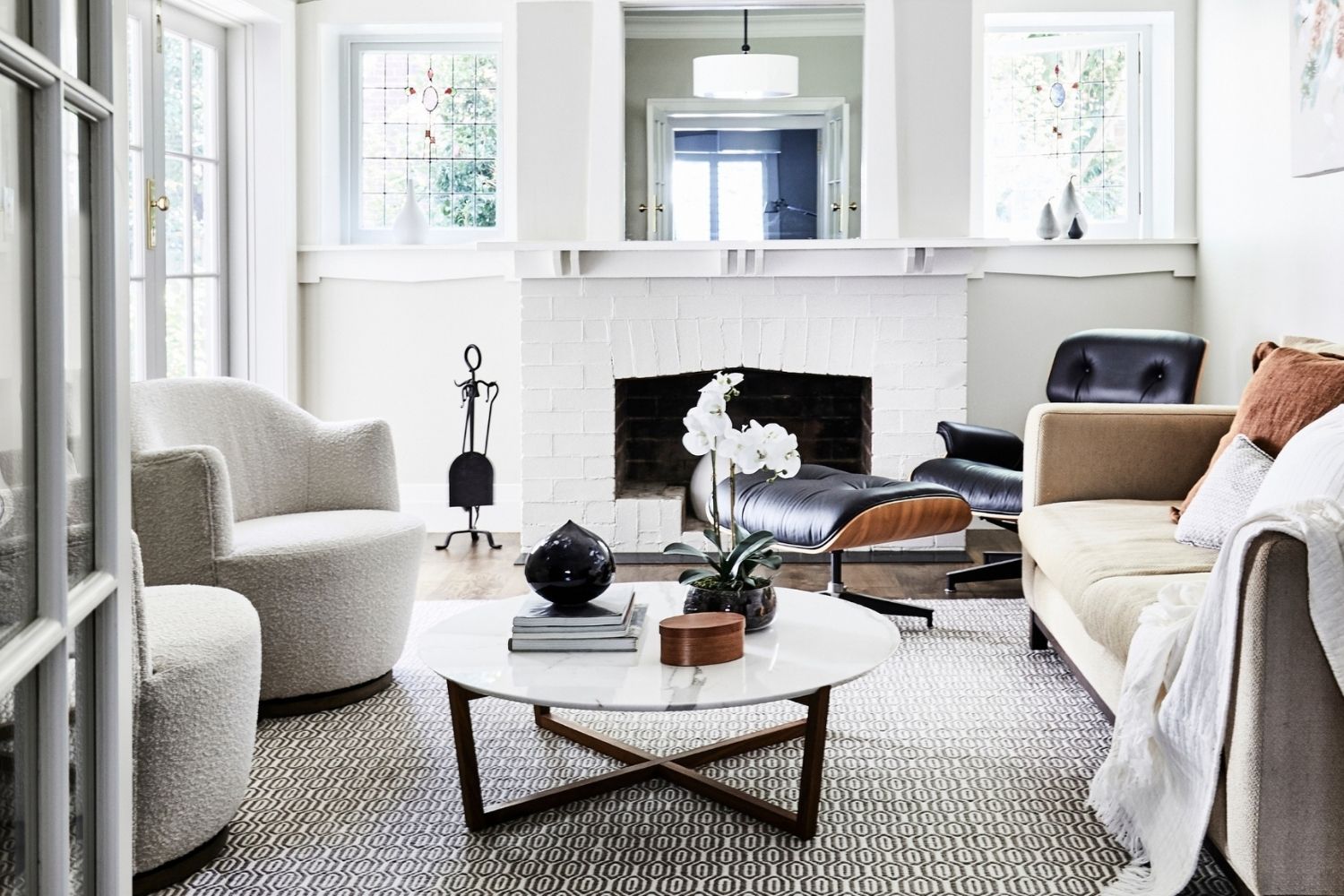Japanese style living rooms are known for their minimalism, natural elements, and calming atmosphere. They are a reflection of Japan's rich culture and history, blending traditional and modern design elements seamlessly. If you're looking to create a peaceful and harmonious living space, incorporating Japanese style into your home may be the perfect solution. In this article, we'll explore the top 10 Japanese living room styles that will inspire you to transform your own space.Japanese Style Living Room: Combining Tradition and Modern Design
The traditional Japanese living room, also known as a washitsu, is a reflection of the country's minimalist lifestyle. It typically features a low table, floor cushions or zabuton, and a futon for seating and sleeping. The use of natural materials like wood, bamboo, and paper is common in this style to create a sense of connection to nature. The tokonoma, a recessed alcove in the room, is often decorated with a scroll painting or shoji screen, adding a touch of elegance and tranquility to the space.Traditional Japanese Living Room: Embracing Simplicity and Nature
One of the key principles of Japanese design is less is more. A minimalist Japanese living room embraces this concept by keeping the space clutter-free and using only essential furniture and décor. The color palette is usually neutral, with pops of color added through natural elements like plants or traditional geisha dolls. To achieve a minimalist look, opt for furniture with clean lines and simple designs, and keep surfaces clear of unnecessary items.Minimalist Japanese Living Room: Less is More
Tatami mats are traditional Japanese flooring made of rice straw and covered with a woven rush mat. They are a staple in Japanese homes, and their presence in a living room can instantly add a touch of tradition and charm to the space. Tatami mats are not only visually appealing but also functional, as they provide insulation and natural ventilation. Pair them with a low kotatsu, a heated table with a blanket skirt, for a cozy and warm living room experience.Tatami Mat Living Room: Adding a Touch of Tradition
In a Japanese living room, seating options are often limited to floor cushions, stools, or futon mattresses. Futons are versatile and can be easily folded and stored away when not in use, making them ideal for small living spaces. They also provide a comfortable and cozy seating option, perfect for relaxing and socializing with family and friends. To add a touch of color and texture, consider adding decorative zabuton cushions to your futon seating area.Futon Seating: Versatile and Comfortable
The use of shoji screens, traditional Japanese sliding doors made of translucent paper and wood frames, is a common feature in Japanese living rooms. They serve as both doors and room dividers, allowing for an open and flexible living space. Shoji screens also add a beautiful and unique design element to the room, with their delicate paper patterns and soft light filtering through. Consider using shoji screens to separate your living room from other areas of your home, or as a decorative backdrop.Shoji Screen Room Divider: Separating Spaces with Style
Zen, a Buddhist concept of meditation and mindfulness, heavily influences Japanese interior design. A Zen living room is all about creating a space for relaxation, reflection, and inner peace. This style focuses on simplicity, natural elements, and a balanced and harmonious composition. To achieve a Zen living room, incorporate elements like a water feature, stone accents, and plants to create a sense of tranquility and balance.Zen Living Room Design: Achieving Balance and Harmony
Natural materials play a vital role in Japanese design, and the living room is no exception. Wood, bamboo, paper, and stone are commonly used to create a warm and welcoming atmosphere. Consider adding a natural wood coffee table, bamboo blinds, or a stone wall feature to your living room to bring the outdoors in and create a connection to nature.Natural Materials in Japanese Living Room: Bringing the Outdoors In
In Japanese design, sliding doors are used to create a sense of flow and flexibility between rooms. They also allow for natural light to filter through, adding to the overall brightness and openness of the space. Sliding doors are a practical and stylish addition to a Japanese living room, and they can be used to create a more intimate and private space when needed.Sliding Doors in Japanese Living Room: Embracing Flexibility and Light
Feng Shui, an ancient Chinese philosophy, is often incorporated into Japanese interior design to create a harmonious and balanced living space. In a Japanese living room, the placement of furniture and décor is carefully considered to achieve a flow of energy and promote a sense of well-being. To incorporate Feng Shui into your living room, consider the placement of your furniture, the use of natural elements, and the balance of yin and yang elements in the room. In conclusion, Japanese living room styles offer a unique and elegant way to create a peaceful and harmonious living space. By incorporating traditional and modern design elements, natural materials, and a touch of Zen, you can transform your living room into a tranquil and beautiful retreat. So, why not take inspiration from these top 10 Japanese living room styles and create your own haven of peace and serenity?Feng Shui in Japanese Living Room: Balancing Energy for a Harmonious Space
The Tranquil Elegance of Japanese Living Room Style

Embracing Minimalism
 When it comes to interior design, the Japanese have mastered the art of simplicity.
Minimalism
is at the core of Japanese living room style, creating a sense of
tranquility
and
elegance
. The concept of
less is more
is evident in every aspect of the design, from the furniture to the décor. The focus is on creating a
calming
and
uncluttered
space that promotes relaxation and
mindfulness
.
When it comes to interior design, the Japanese have mastered the art of simplicity.
Minimalism
is at the core of Japanese living room style, creating a sense of
tranquility
and
elegance
. The concept of
less is more
is evident in every aspect of the design, from the furniture to the décor. The focus is on creating a
calming
and
uncluttered
space that promotes relaxation and
mindfulness
.
Natural Elements
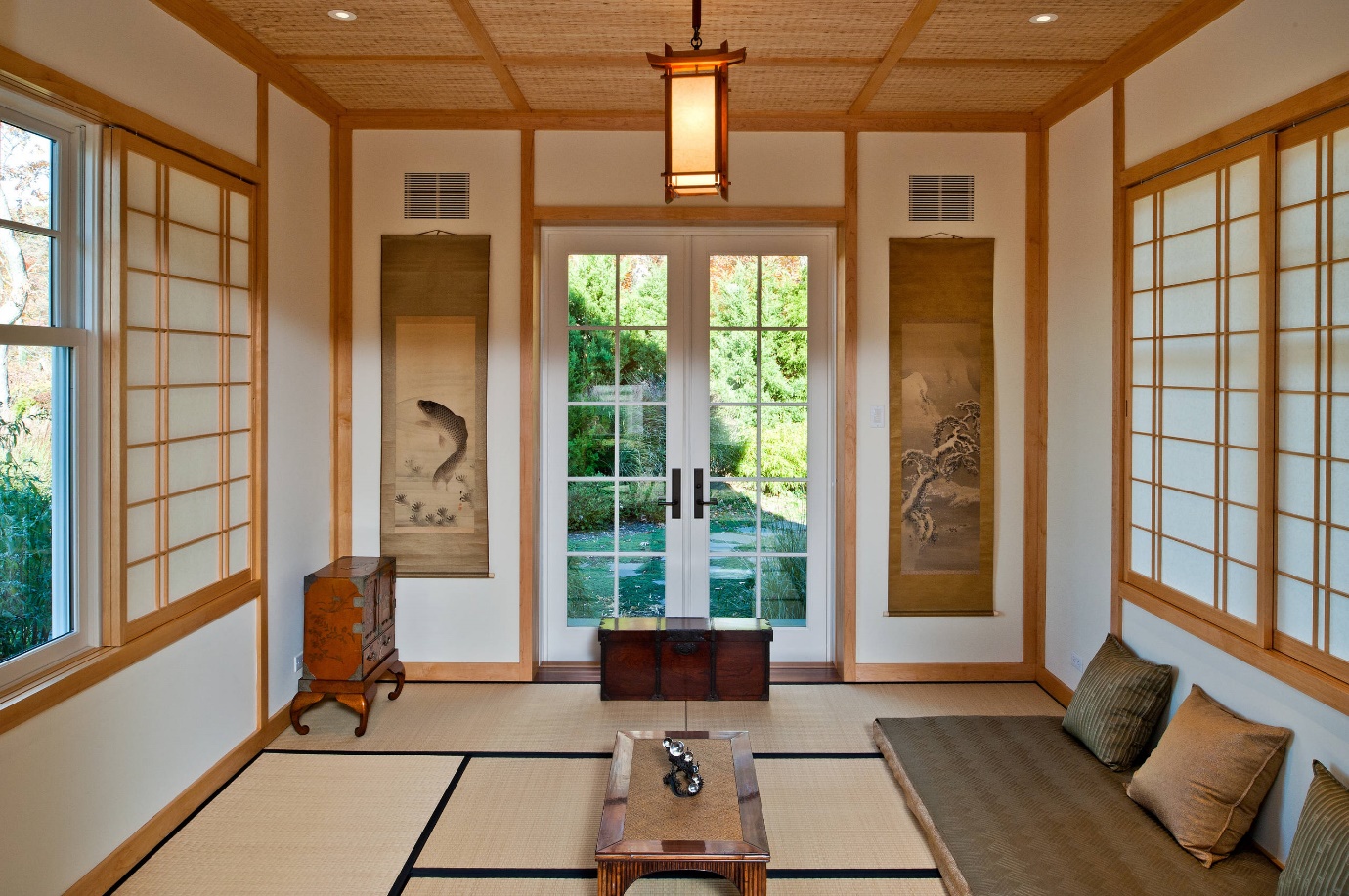 Japanese living room style is heavily inspired by nature.
Natural elements
such as wood, stone, and bamboo are incorporated into the design to bring a sense of
balance
and
harmony
to the space.
Indoor gardens
and
water features
are also commonly found in Japanese living rooms, further connecting the space to the natural world. These elements not only add to the aesthetic of the room but also have
health benefits
such as improving air quality and reducing stress.
Japanese living room style is heavily inspired by nature.
Natural elements
such as wood, stone, and bamboo are incorporated into the design to bring a sense of
balance
and
harmony
to the space.
Indoor gardens
and
water features
are also commonly found in Japanese living rooms, further connecting the space to the natural world. These elements not only add to the aesthetic of the room but also have
health benefits
such as improving air quality and reducing stress.
Furniture and Layout
 The furniture in a Japanese living room is typically low to the ground, reflecting the traditional
tatami
flooring used in Japanese homes.
Futons
and
floor cushions
are commonly used for seating, promoting a
close-to-the-ground
and
relaxed
atmosphere. The layout of the furniture is also carefully considered, with a focus on
simplicity
and
functionality
. Everything has a purpose and is placed in a way that promotes
flow
and
balance
in the room.
The furniture in a Japanese living room is typically low to the ground, reflecting the traditional
tatami
flooring used in Japanese homes.
Futons
and
floor cushions
are commonly used for seating, promoting a
close-to-the-ground
and
relaxed
atmosphere. The layout of the furniture is also carefully considered, with a focus on
simplicity
and
functionality
. Everything has a purpose and is placed in a way that promotes
flow
and
balance
in the room.
Subtle Colors and Textures
 Japanese living room style is characterized by
subtle
and
natural
colors. Shades of
white
,
beige
,
grey
, and
earth tones
are commonly used, creating a
calming
and
warm
atmosphere. Textures play an important role in Japanese living room design as well.
Natural fibers
such as cotton, linen, and silk are often used for upholstery and
handcrafted
items such as pottery and woven baskets add
texture
and
character
to the space.
In conclusion, Japanese living room style is a
timeless
and
sophisticated
design that promotes
simplicity
,
harmony
, and
mindfulness
. By incorporating natural elements, minimalism, and thoughtful furniture and layout, a Japanese-style living room can bring a sense of
tranquility
and
elegance
to any home. So why not embrace the
serenity
of Japanese living room style and create a space that promotes
balance
and
peace
?
Japanese living room style is characterized by
subtle
and
natural
colors. Shades of
white
,
beige
,
grey
, and
earth tones
are commonly used, creating a
calming
and
warm
atmosphere. Textures play an important role in Japanese living room design as well.
Natural fibers
such as cotton, linen, and silk are often used for upholstery and
handcrafted
items such as pottery and woven baskets add
texture
and
character
to the space.
In conclusion, Japanese living room style is a
timeless
and
sophisticated
design that promotes
simplicity
,
harmony
, and
mindfulness
. By incorporating natural elements, minimalism, and thoughtful furniture and layout, a Japanese-style living room can bring a sense of
tranquility
and
elegance
to any home. So why not embrace the
serenity
of Japanese living room style and create a space that promotes
balance
and
peace
?



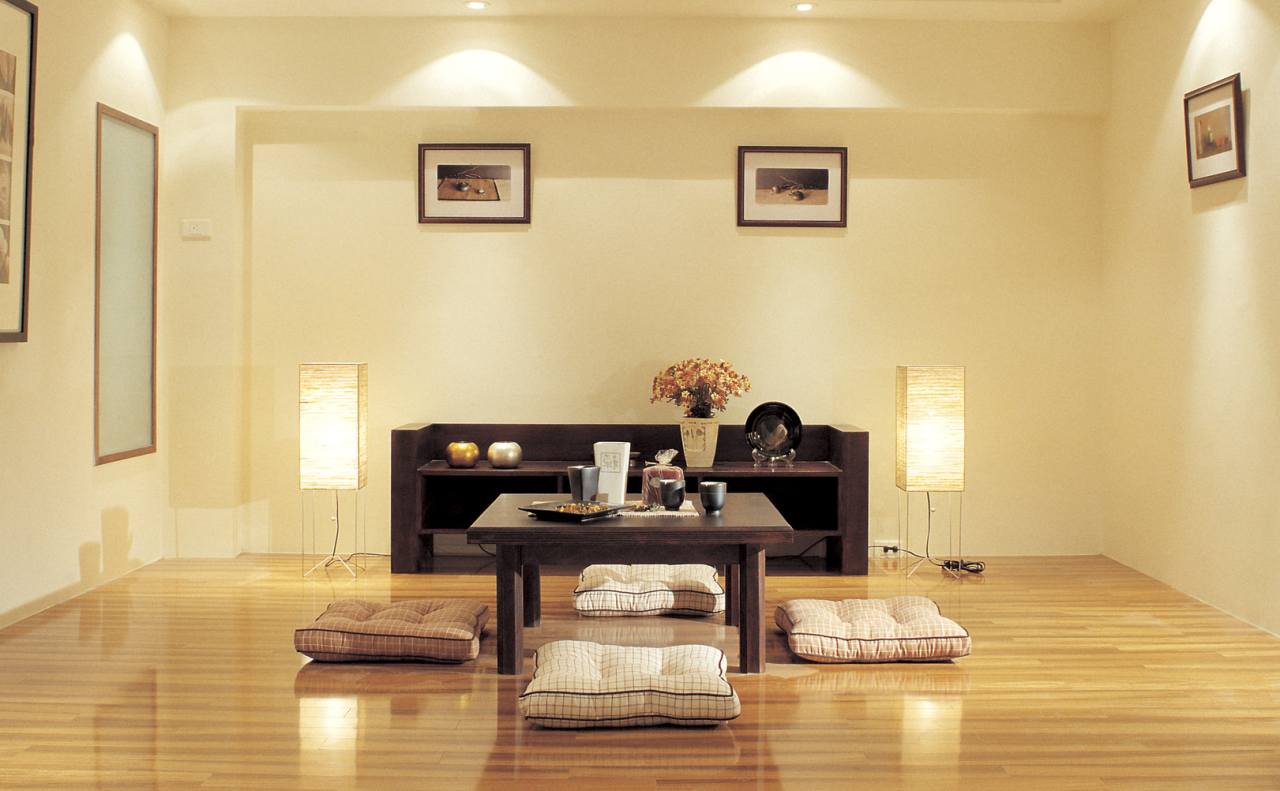
.jpg)







